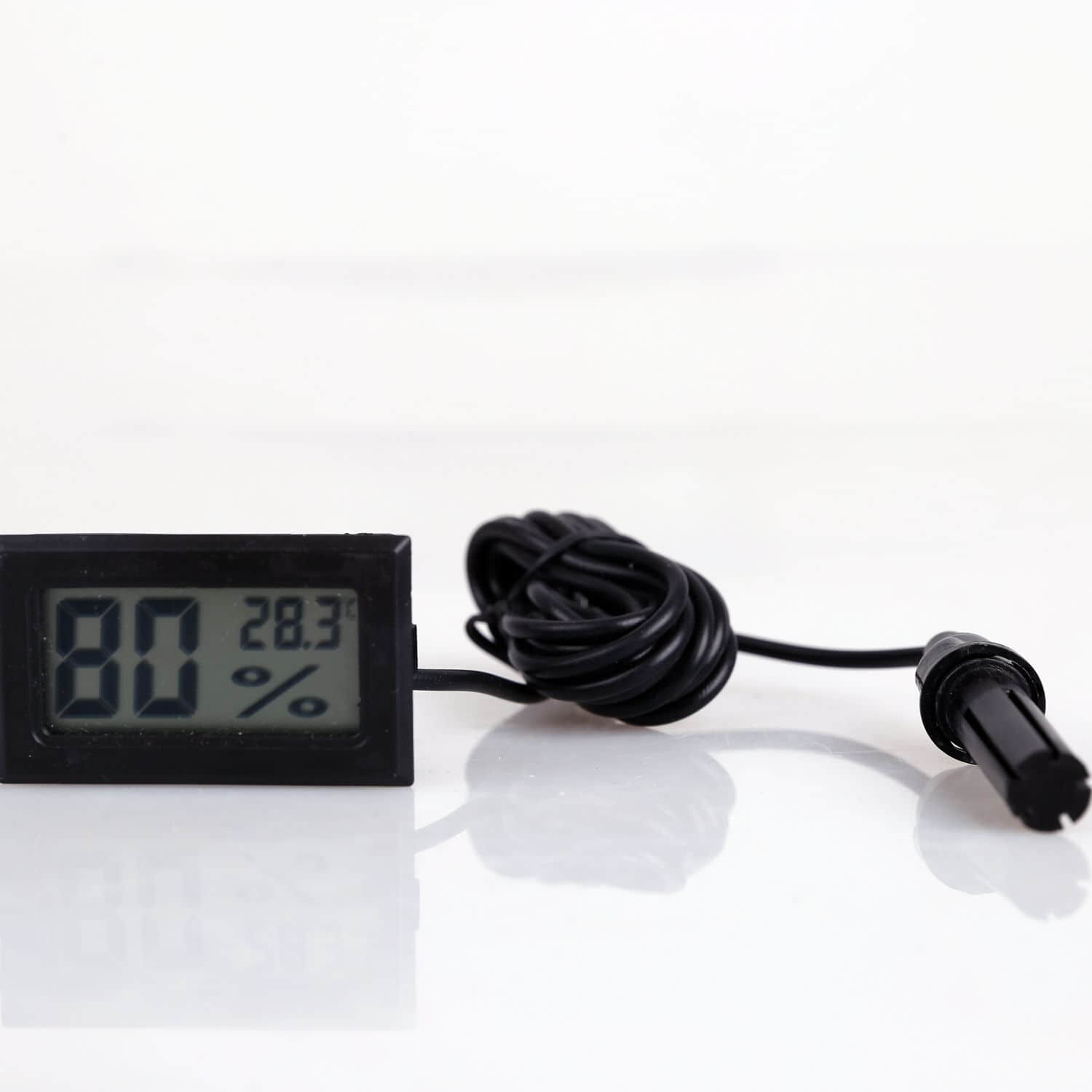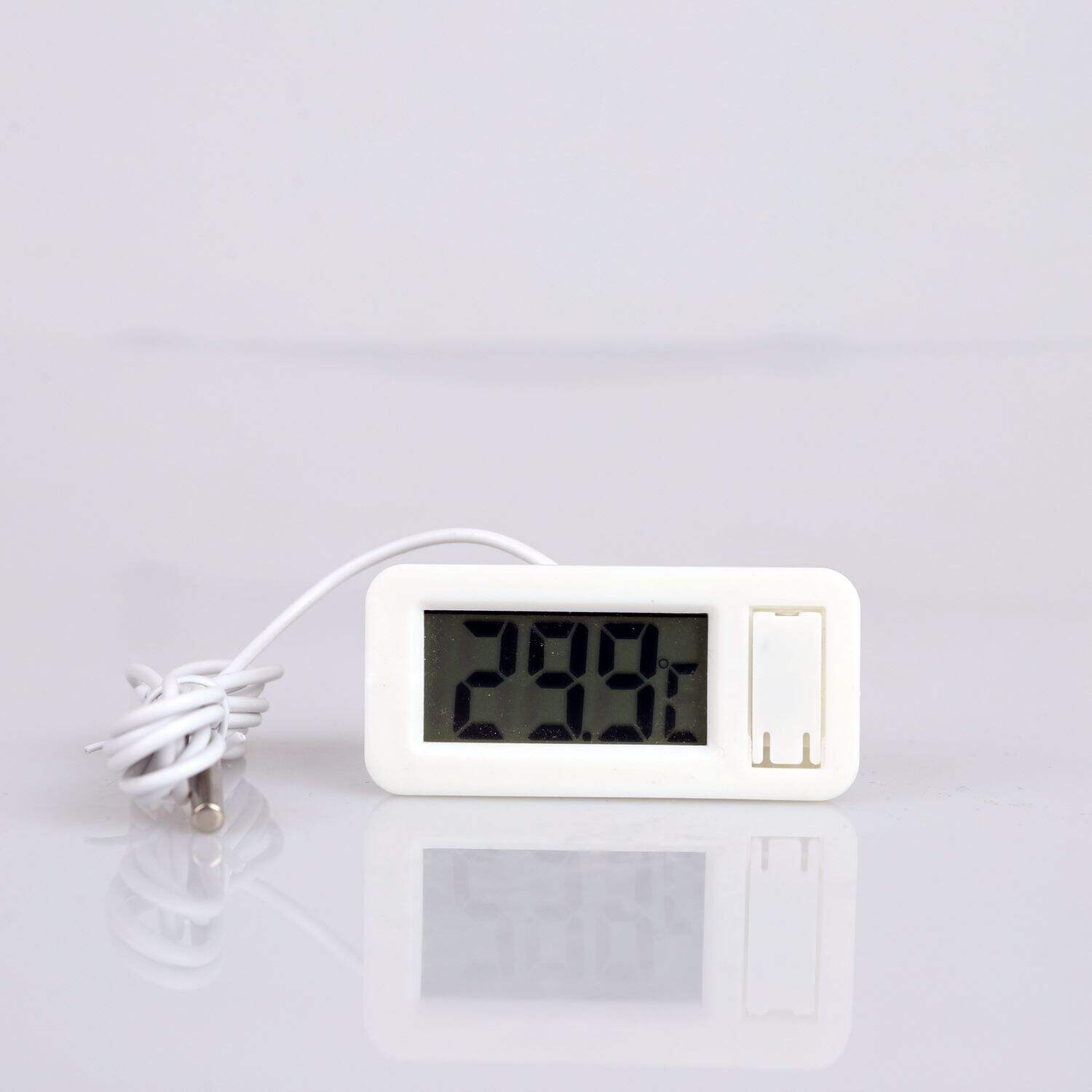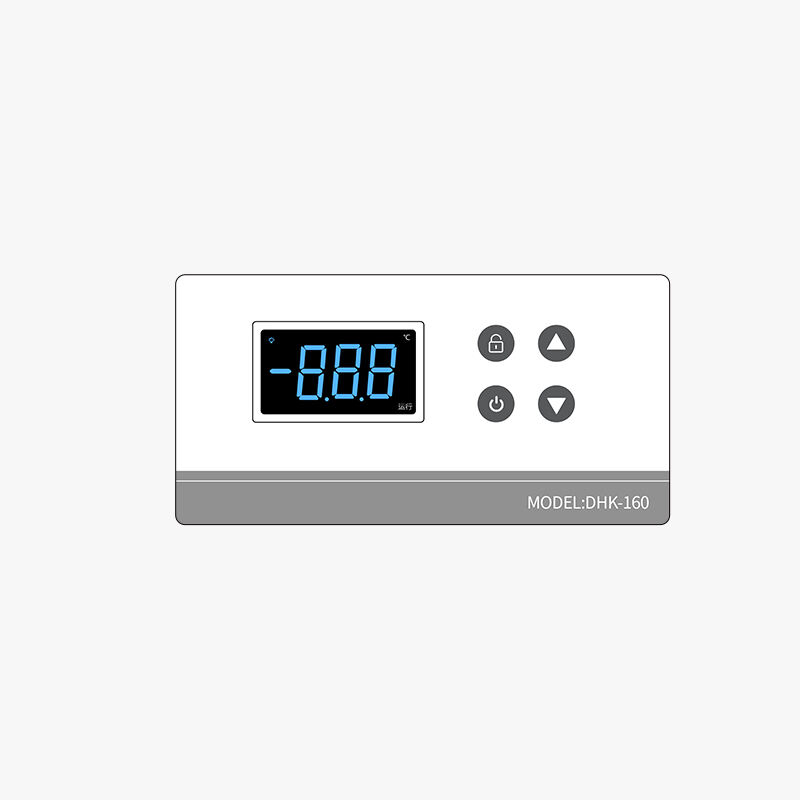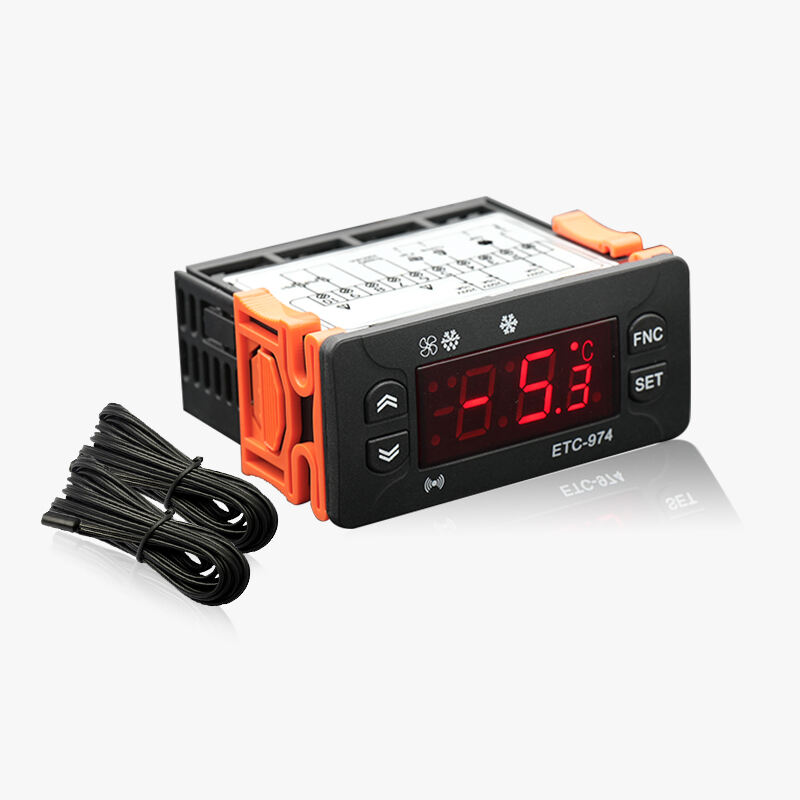Intelligent Control and Automation
The electronic temperature controllers intelligent control system represents a breakthrough in automated temperature management. At its core, the system employs advanced PID (Proportional-Integral-Derivative) algorithms that continuously calculate and adjust heating or cooling output to maintain precise temperature control. This sophisticated approach eliminates the temperature overshooting and undershooting common in traditional systems, resulting in superior stability and accuracy. The controller learns from the systems thermal response patterns and automatically optimizes its control parameters, reducing the need for manual tuning and ensuring optimal performance across varying conditions. This self-learning capability significantly reduces setup time and improves overall system efficiency. The automation features extend to include programmable schedules, allowing for complex temperature profiles that can automatically adjust based on time of day, production requirements, or other predetermined parameters. This level of automation not only improves process consistency but also reduces operator intervention and human error.









